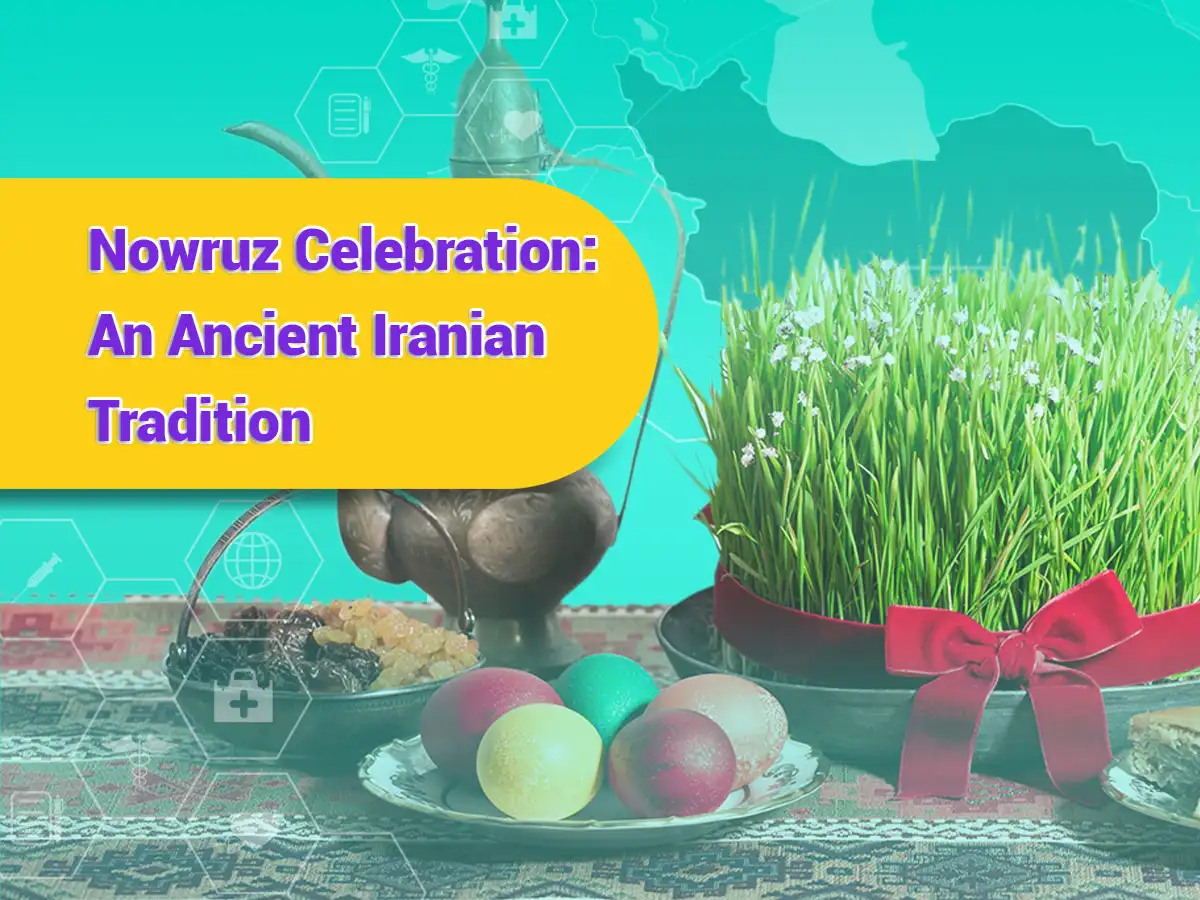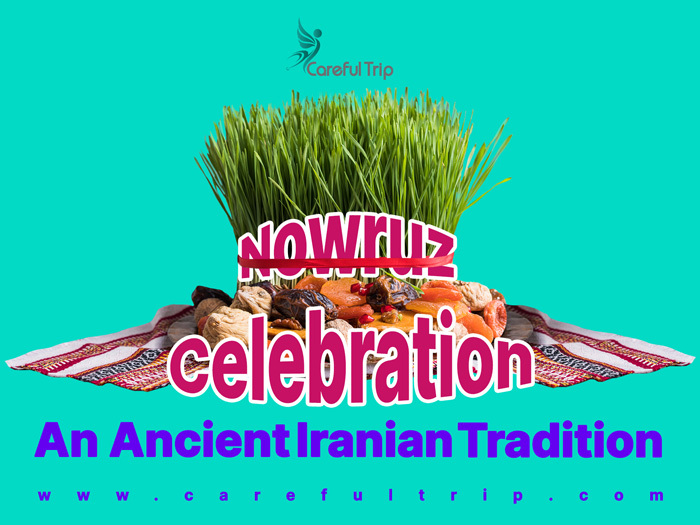
Nowruz, meaning “New Day” in Persian, marks the beginning of the Persian New Year and the arrival of spring. This ancient celebration, observed on the vernal equinox (around March 21st), brings together families and communities to welcome the rejuvenation of nature, honor age-old traditions, and share in festivities that have been passed down through generations. In 2025, Nowruz continues to captivate millions across Iran and beyond, offering a glimpse into Iran’s rich cultural heritage and a unique travel experience for international visitors.
Celebrations begin weeks in advance, as Iranians prepare their homes and hearts for the new year. The tradition of khaneh-tekani (spring cleaning) is an essential prelude to Nowruz, symbolizing the removal of the old and welcoming new beginnings. This ritual goes beyond mere cleaning; it is a spiritual and physical renewal that reflects the optimism of spring. With modern influences blending with ancient customs, families now incorporate sustainable practices and digital planning into their preparations, ensuring that both tradition and contemporary lifestyle coexist harmoniously.
What Is Nowruz?
Nowruz, the Persian New Year, originates from ancient Zoroastrian traditions and celebrates the arrival of spring. It symbolizes rebirth, renewal, and the triumph of light over darkness. Celebrated at the moment of the vernal equinox, Nowruz marks not only the start of a new year but also a time of reflection and hope. Modern celebrations retain the age-old rituals such as preparing the Haft-Seen table—a display of seven symbolic items beginning with the letter “S”—each representing aspects of life, renewal, and prosperity.
For more information, read:
Global Celebrations of Nowruz
Nowruz is not exclusive to Iran; it is celebrated across Central Asia, Western Asia, the Balkans, and the Black Sea region. Countries like Afghanistan, Azerbaijan, Kazakhstan, and Tajikistan each put their unique cultural spin on the festivities. Public celebrations, street festivals, and traditional performances fill the cities and villages during this festive period, making Nowruz a global celebration of spring and cultural unity.
How Iranians Celebrate Nowruz
Pre-Nowruz Preparations
- Khaneh-Tekani (Spring Cleaning): Weeks before Nowruz, families engage in thorough home cleaning, decluttering, and even renovations to symbolize a fresh start.
- New Attire: It is customary for family members, especially children, to wear new clothes, reflecting both renewal and the hope of a prosperous year.
- Stocking Up on Treats: Markets brim with ajil (mixed nuts) and shirini (sweets), which are essential for gifting during the celebrations.
Nowruz Rituals and Customs
- Haft-Seen Table: Central to Nowruz is the Haft-Seen, a beautifully arranged display of seven items that start with the Persian letter “S.” These items, such as Sabzeh (sprouted wheatgrass) for rebirth, Senjed (dried fruit) for love, and Seer (garlic) for health, are laden with symbolism.
- Family Gatherings and Eid-Didani: After the arrival of Nowruz, families visit one another to exchange gifts and well-wishes, reinforcing bonds and celebrating renewal.
- Chaharshanbe Soori: On the last Wednesday before Nowruz, people celebrate by jumping over bonfires—a symbolic act meant to ward off illness and misfortune while embracing light and warmth. Children and adults alike participate, echoing ancient Zoroastrian traditions.
Modern Twists on Tradition
In 2025, Iranians have seamlessly blended tradition with technology:
- Digital Haft-Seen: Many families now share virtual Haft-Seen displays on social media, connecting with loved ones across the globe.
- Eco-Friendly Celebrations: Sustainability is a growing focus, with more households adopting eco-friendly practices during their spring cleaning and celebration preparations.
- Tourism and Nowruz: With Iran’s rich cultural and historical heritage, many international visitors plan trips around Nowruz to experience its vibrant festivities, local cuisine, and breathtaking landscapes.
For more information, read:
Nowruz Celebration Foods and Festivities
Food plays a pivotal role in Nowruz celebrations. Traditional dishes and sweets are prepared in abundance, each with its own cultural significance:
- Sabzi Polo Mahi: A quintessential Nowruz dish, this meal consists of herbed rice served with fried fish, symbolizing abundance and good fortune.
- Fesenjan: A rich stew made with pomegranate and walnut sauce, often enjoyed during festive gatherings.
- Dolmeh Barg: Grape leaves stuffed with a savory mixture of rice and meat, offering a taste of Iran’s culinary heritage.
- Sweets and Treats: A wide variety of pastries, cookies, and traditional sweets are shared among family and friends, enhancing the celebratory atmosphere.

Why Spring Is the Best Time to Visit Iran
Spring, particularly from late March to early June, is ideal for experiencing Nowruz in Iran. The weather during these months is mild and pleasant, with average daily temperatures around 23°C and comfortable evenings averaging 12°C. This makes outdoor activities like sightseeing, hiking, and cultural tours incredibly enjoyable. However, due to the influx of visitors during Nowruz, booking accommodations and transportation well in advance is advisable for those seeking a quieter experience, visiting just after Nowruz may offer a more relaxed atmosphere with lower prices and fewer crowds.
For more information, read:
Special Nowruz Packages by CarefulTrip
Recognizing the global appeal of Nowruz, CarefulTrip offers exclusive travel packages that combine medical tourism with cultural experiences. These packages provide discounted rates for visitors planning to undergo treatments in Iran while also enjoying guided tours of historical sites, culinary experiences, and local festivities. It’s an excellent opportunity to experience the warmth of Iranian hospitality and the vibrancy of Nowruz all in one trip.
Final Thoughts
Nowruz is a celebration of renewal, unity, and hope—an ancient tradition that continues to evolve in the modern world. In 2025, the Persian New Year remains a time for deep-rooted customs, communal joy, and celebrating life’s new beginnings. Whether you are a local or an international visitor, experiencing Nowruz in Iran offers a unique blend of tradition and modernity that is truly unforgettable. Embrace the spirit of spring, and let Nowruz inspire you to welcome the new year with optimism and joy.

